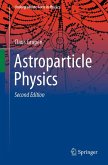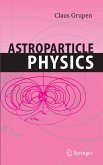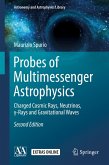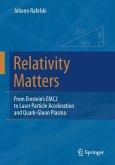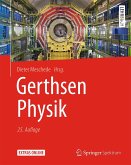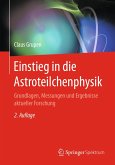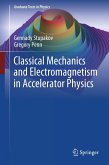This book introduces particle physics, astrophysics and cosmology. Starting from an experimental perspective, it provides a unified view of these fields that reflects the very rapid advances being made. This new edition has a number of improvements and has been updated to include material on the Higgs particle and to describe the recently discovered gravitational waves. Astroparticle and particle physics share a common problem: we still don't have a description of the main ingredients of the Universe from the point of view of its energy budget. Addressing these fascinating issues, and offering a balanced introduction to particle and astroparticle physics that requires only a basic understanding of quantum and classical physics, this book is a valuable resource, particularly for advanced undergraduate students and for those embarking on graduate courses. It includes exercises that offer readers practical insights. It can be used equally well as a self-study book, a reference and a textbook.
Dieser Download kann aus rechtlichen Gründen nur mit Rechnungsadresse in A, B, BG, CY, CZ, D, DK, EW, E, FIN, F, GR, HR, H, IRL, I, LT, L, LR, M, NL, PL, P, R, S, SLO, SK ausgeliefert werden.



